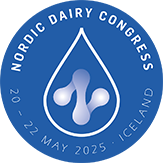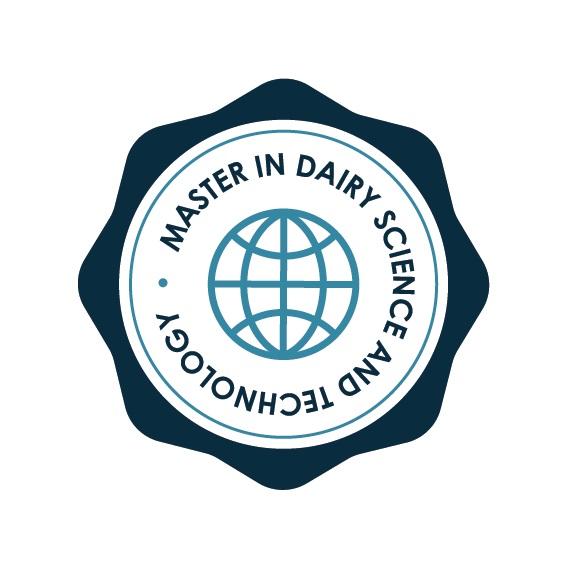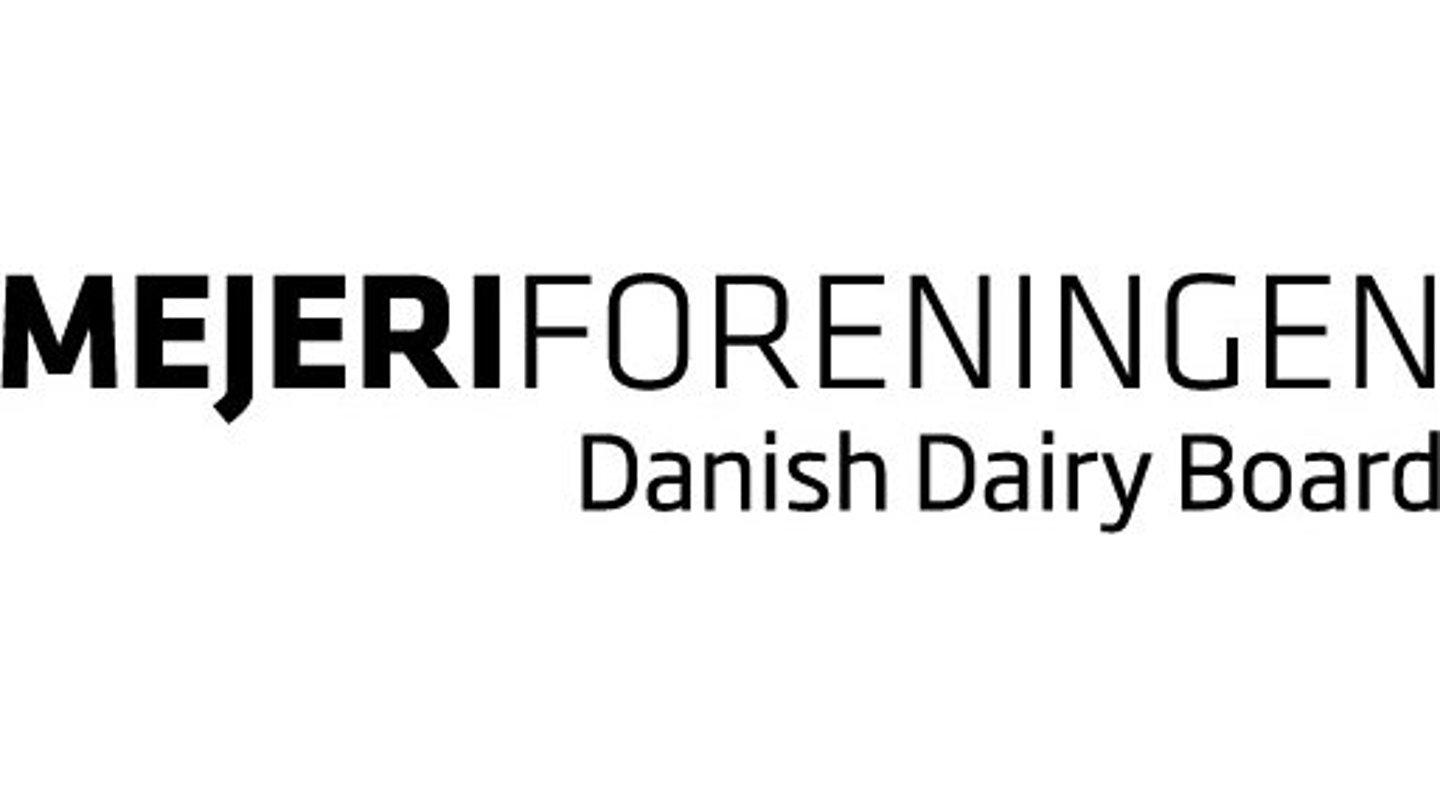Date: 20 May 2022
Time: 10.00 - 12.35
Keynote
10.00 - 10.40
Senior Research Fellow Matti Marklund, George Institute for Global Health Australia, Johns Hopkins University USA, Uppsala University Sweden
Presentations
10.40 - 11.05
Associate Professor Emily Sonestedt, Lunds Universitet, Sweden

11.35 - 12.00
RD PhD Medical-Clinical Advisor May Slim, Medical Affairs, PPD| Evidera Montreal, Quebec, Canada

Flash talks
12.00 - 12.12
Assistant Professor Louise Kjølbæk, Department of Nutrition, Exercise and Sports University of Copenhagen, Denmark

12.13 - 12.25
Associate Professor Fredrik Rosqvist, Department of Public Health and Caring Sciences, Uppsala University, Sweden

Abstracts

Dairy intake and type 2 diabetes
Dairy foods are important dietary sources of energy and nutrients in many countries. Often considered as a single dietary factor, dairy foods are in fact a wide range of products, produced from a variety of processes, and with diverse uses and characteristics. Most dietary guidelines have recommended intake of low- or no-fat dairy, largely based on theoretical considerations regarding individual nutrients (e.g., calcium, vitamin D, and saturated fatty acids), with little consideration on specific types of dairy foods. However, the established recommendations have been questioned by emerging evidence suggesting diverse effects on type 2 diabetes risk from specific dairy foods.This presentation will provide insight of the current state of evidence regarding the role of dairy in the development of type 2 diabetes. Findings from recent nutritional studies, including both randomized controlled trials and observational studies, will be summarized. Randomized controlled trials allow us to estimate dairy foods’ effects on intermediary risk factors of diabetes (e.g., glucose metabolism or body composition). Observational studies are helpful to evaluate the effect of long-term dairy consumption by comparing diabetes risk in people with diverse intake of dairy products. Potential mechanisms underlying the observed effects of dairy consumption will be discussed. In the light of the current state of evidence regarding dairy foods and diabetes, existing dietary guidelines from around the world will be presented and discussed.
Senior Research Fellow Matti Marklund, George Institute for Global Health Australia, Johns Hopkins University USA, Uppsala University Sweden

The connection between dairy and heart disease
Since dairy products are important contributors to saturated fat in the Western diet, the general recommendation is reduction in intake of high-fat dairy products. However, the effects of dairy products on cardiovascular disease risk is still unclear. In a meta-analysis of studies examining biomarkers of dairy fat measured in blood, a decreased risk of cardiovascular disease was showed with high concentrations of these markers. By using a genetic variant for lactase persistence as a proxy for milk intake, the causal relationship between milk consumption and health outcomes can be obtained, which is unlikely affected by confounding factors. The T allele indexing greater milk intake has been shown to associate with higher BMI, but lower LDL and HDL cholesterol concentrations. In addition, carriers of the T allele had 14% lower risk of coronary artery disease. Since dairy products possess different characteristics, it is important to examined them separately for disease risk. In meta-analyses, fermented milk and cheese has been shown to be associated with a reduced risk of cardiovascular disease. For example, among 26,445 individuals from the Swedish Malmö Diet and Cancer cohort, consumption of dairy products was inversely associated with risk of cardiovascular disease. Among the specific dairy products, a protective relationship was observed only for fermented milk. High fermented milk intakes were associated with healthier food habits in our study, e.g., higher intake of fruit, vegetables, whole grains and fish. Therefore, it may be difficult to separate out the effect of fermented milk intake from the entire lifestyle and food pattern. In addition, the impact of dairy foods may be more pronounced in different dietary contexts. The results suggests that it is important to examine dairy products separately, especially fermented and non-fermented milk products, when investigating their health effects.
Associate Professor Emily Sonestedt, Lunds Universitet, Sweden

Effect of milk and milk product consumption on growth among children and adolescents
Milk and milk products are rich sources of calcium and in Canada fluid milk is fortified with vitamin D. Both calcium and vitamin D are acknowledged for their role in bone health and more recently are implicated in growth and body composition. In healthy children 2-5 y of age (n=508, Montreal), milk and milk products accounted for the majority of calcium and vitamin D intakes.Children in the highest tertile for fluid milk intake had greater plasma 25-hydroxyvitamin D (25OHD) concentrations than the lowest (78.3±1.4 vs 69.4±1.4 nmol/L, p=0.02). Subsequently, in children 2-8 y of age (n=51, Montreal), a 6-month intervention with vitamin D-fortified (300 IU) yogurt beverage and cheese enhanced percent change in whole body lean mass in the intervention group (8.4 vs 5.9%). In healthy children 6-8.5 y of age (n = 78, Montreal) with weight issues, increasing milk and milk products to 4 servings/day and physical activity over 1 y improved whole body and lateral lumbar spine bone mineral density. Body composition was improved as well. In adolescent females 14-18 y of age (n=64, Montreal), increasing milk and milk product intake from < 2 to 4 servings/day over 1 y through motivational interviewing techniques enhanced protein, calcium and vitamin D intakes, and increased whole body bone mineral accretion (126±120 vs 58±83 g/y, p<0.05). Total energy intake, and activity were not altered. Lastly, a meta-analysis of 17 trials of milk and milk product interventions in children (6-18 y), suggests greater increases in body weight and lean mass, and attenuated gain in body fat percentage compared with control. This series of studies in young children and adolescents collectively demonstrate that healthy intakes of calcium and vitamin D from food sources support healthy growth, body composition and bone mineral accretion.
RD PhD Medical-Clinical Advisor May Slim, Medical Affairs, PPD| Evidera Montreal, Quebec, Canada

Influence of the dairy matrix on post-prandial lipaemia
The worldwide, increasing incidences of lifestyle-related diseases such as metabolic syndrome, hypertension and obesity call for a better understanding of how to design novel foods targeted at counter-acting dietary contribution to disease risk. Evidence has emerged that the postprandial responses are especially fundamental for understanding how the diet contributes to development of lifestyle-related diseases such as the metabolic syndrome. The Dairymat project evaluated the relationship between the food matrix of dairy products and bioavailability/uptake of nutrients and metabolic responses. The objective was to obtain an understanding of how uptake of lipids was affected by modifications of the dairy structure and texture in iso-energetic meals of similar macronutrient composition.The project presented a novel and new interdisciplinary initiative, where the relations between structural attributes of dairy food matrices on lipaemia were explored. Four dairy products including cheddar cheese as a reference were produced with differences in the dairy matrix such as alterations related to texture (solid, semisolid, or liquid), the protein network and/or lipid droplet size. The impact of these four dairy products on 8-hour postprandial lipaemia and the uptake of nutrients were examined in a human randomized cross-over meal study with integrated metabolomics studies to enable a detailed characterization of the kinetics of the postprandial absorption and interlinked pathways regulating the postprandial metabolic response. Results showed that consumption of dairy products with different matrices affected the postprandial response of both triglycerides and free fatty acids, but not apolipoprotein B48, when isoenergetic and macronutrient-matched meals were served. Similar observations were found by in vitro digestion of the four dairy products. Thus, metabolomic analyses using liquid chromatography-mass spectrometry revealed differences in plasma levels of specific lyso-phosphatidylethanolamines and lyso-phasphatidylcholines between the dairy products. In conclusion, the dairy matrix affects the postprandial lipid response, which may affect risk factors for cardiovascular diseases.
Assistant Professor Louise Kjølbæk, Department of Nutrition, Exercise and Sports University of Copenhagen, Denmark

Role of milk fat intake from dairy products
Milk fat has long been recognised to have cholesterol-raising effects (due to its high content of saturated fat) and official nutritional recommendations have therefore advised to avoid milk fat in favour of vegetable alternatives with less saturated fat. However, recent research has provided a more nuanced understanding of the health effects of milk fat, showing that all sources of milk fat do not have the same effect on blood cholesterol levels, despite being matched for saturated fat content. The explanation may, at least partly, be due to differential content of milk fat globule membrane (MFGM, rich in polar lipids (PL)) enclosing the milk fat in different dairy products. In an 8-week randomized trial in overweight men and women (n=46), consumption of 40 g of milk fat daily from whipping cream (high in MFGM/PL) did not elevate blood cholesterol levels whereas consumption of 40 g of milk fat from butter oil (devoid of MFGM/PL) did. Furthermore, in a 4-week randomised trial in overweight women (n=58), consumption of cream cheese enriched with milk, PL dose-dependently, reduced blood cholesterol levels compared with consumption of cream cheese devoid of milk PL. The accumulating evidence on the added value provided by MFGM/PL highlights the importance of the food matrix and suggest that the health effects of high-fat dairy products should not be based on the saturated fat content alone. The promising results on the health effects of MFGM/PL could be better exploited by the dairy industry and there are several potential ways this could be done, e.g. 1) adjustment of manufacturing processes to preserve both content and structure of MFGM/PL, 2) addition of extra MFGM/PL to various dairy products thus potentially creating a new line of ‘functional foods’, 3) in marketing and communication and 4) collaboration with academia to conduct further high-quality studies in humans.
Associate Professor Fredrik Rosqvist, Department of Public Health and Caring Sciences, Uppsala University, Sweden













































 Munkehatten 28
Munkehatten 28